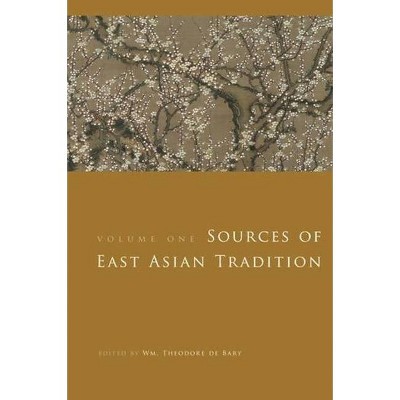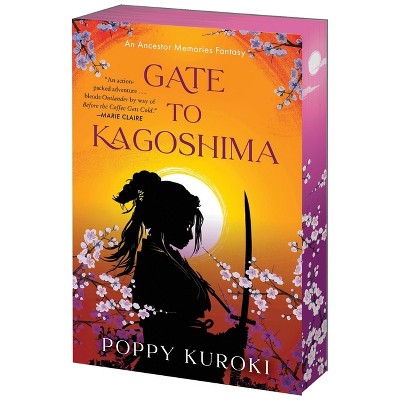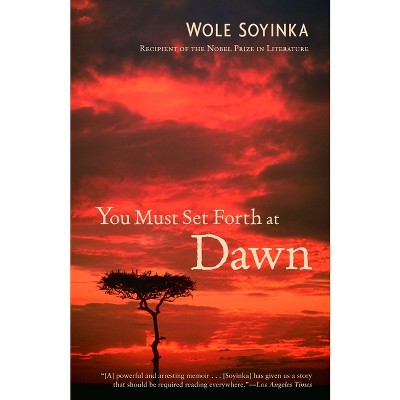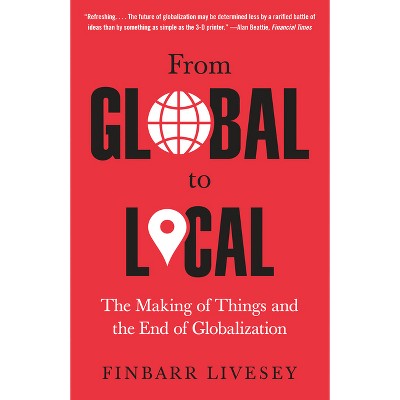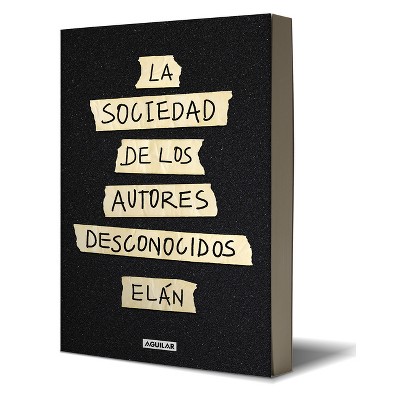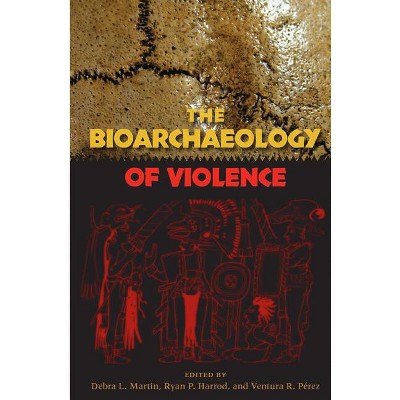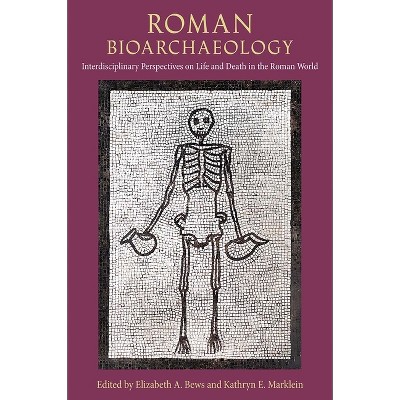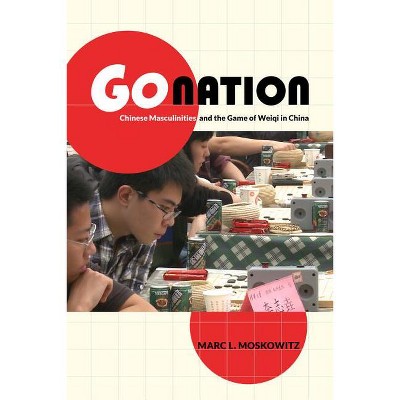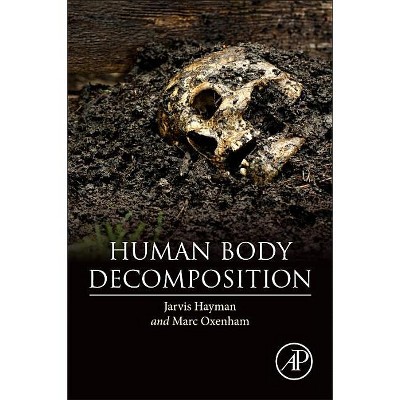Sponsored

Bioarchaeology of East Asia - (Bioarchaeological Interpretations of the Human Past: Local,) by Kate Pechenkina & Marc Oxenham (Paperback)
In Stock
Sponsored
About this item
Highlights
- Bioarchaeology of East Asia integrates studies on migration, diet, and diverse aspects of health through the study of human skeletal collections in a region that developed varying forms of agriculture.
- About the Author: Kate Pechenkina is dean of faculty, School of Social Sciences, at Queens College of the City University of New York.
- 534 Pages
- Social Science, Archaeology
- Series Name: Bioarchaeological Interpretations of the Human Past: Local,
Description
About the Book
Bioarchaeology of East Asia integrates studies on migration, diet, and diverse aspects of health through the study of human skeletal collections in a region that developed varying forms of agriculture.Book Synopsis
Bioarchaeology of East Asia integrates studies on migration, diet, and diverse aspects of health through the study of human skeletal collections in a region that developed varying forms of agriculture.Review Quotes
"Succeeds in providing good coverage of the current state of scientific research on major issues in two broad subject areas in bioarchaeology: (a) population history and interaction, and (b) community health with a focus on diet and disease."--American Journal of Physical Anthropology
"The range of ecological contexts and subsistence practices, the time depth, and the geographical expanse represented in the book amply demonstrate the important role that studies of Asian prehistory should play in addressing the big questions of human biological history."--Journal of Anthropological Research
"Extremely useful as a good introduction to the region and as a resource for comparative data for scholars in Asia and the Pacific."--Journal of Island and Coastal Archaeology
"A welcomed compendium to a large anthropological body of research, which had previously lacked data from this historically and culturally diverse region, covering the areas from the western Inner Asian steppes east to Japan, and from Mongolia in the north, south to the tropical Malay Archipelago."--Anthropos
About the Author
Kate Pechenkina is dean of faculty, School of Social Sciences, at Queens College of the City University of New York. Marc Oxenham, reader in archaeology and bioanthropology at Australian National University, is the editor of Forensic Approaches to Death, Disaster and Abuse.Shipping details
Return details
Trending Non-Fiction




